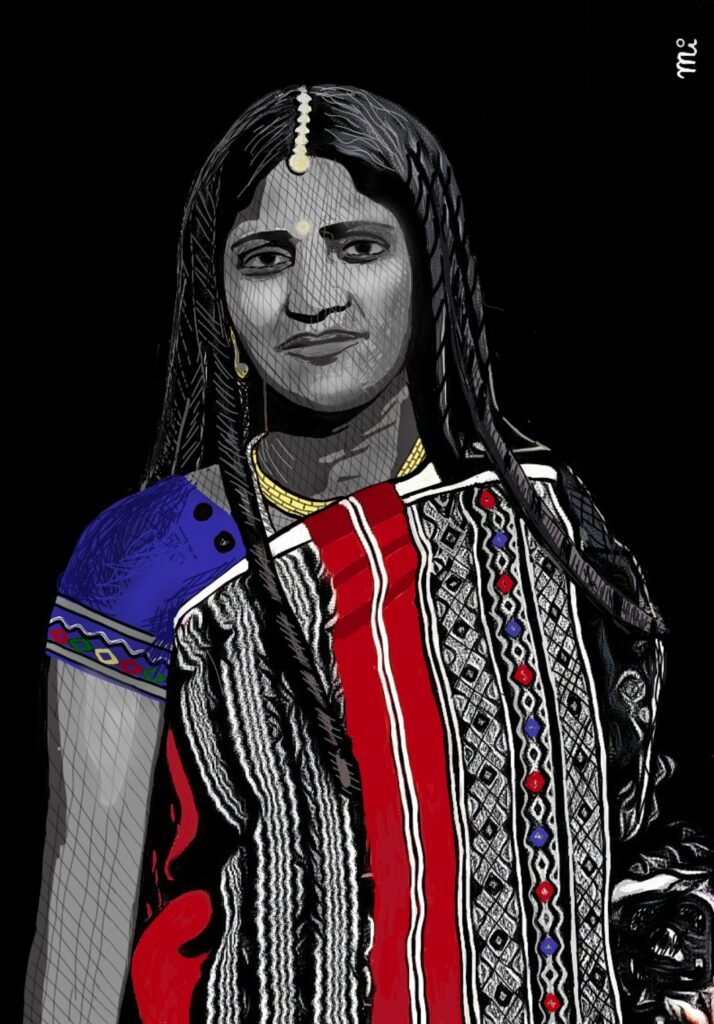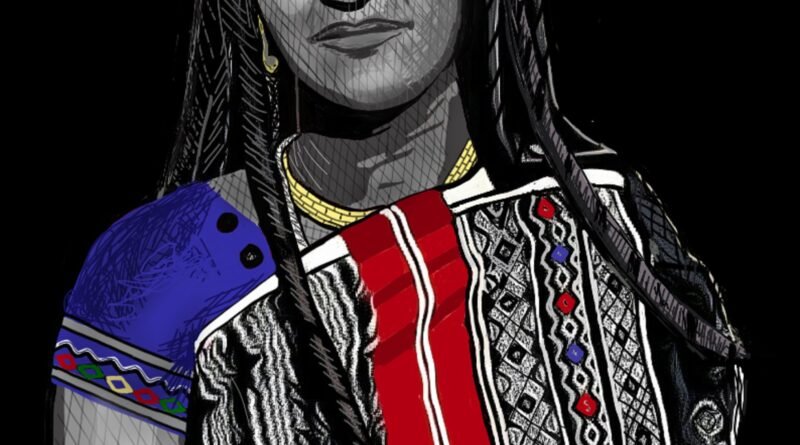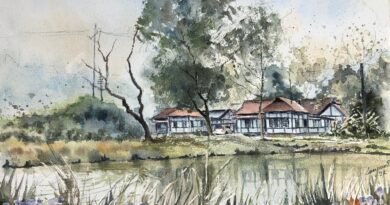The Todas – The Pastoral Tribe of the Nilgiris
The Todas – The Pastoral Tribe of the Nilgiris
Michael Mili
The Todas, a Dravidian ethnic tribal community, are the oldest inhabitants of the Upper Nilgiris in Tamil Nadu, South India. Before the 18th century British colonisation, the Todas coexisted locally with other ethnic communities like the Kota, Badaga and Kurumba. The Todas traditionally lived in settlements called mund, consisting of three to seven small thatched houses in the shape of half-barrels and located across the slopes of the pasture. This, together with their curious barrel-vaulted temples, herds of ferocious long-horned buffaloes, the men’s flowing beards, the women’s distinctive ringlets and both sexes’ embroidered cloaks, has ensured the prominence of this community to the outside world.
Their economy is pastoral, based on the buffalo, whose dairy products they traded with their neighbours. Their religion also features the sacred buffalo, their rituals are all dairy based and the ordain dairymen-priests. They are vegetarians and do not eat meat, eggs that can hatch, or fish (except a few). Buffalo milk is used in a variety of forms: butter, buttermilk, yogurt, cheese and drunk plain. Rice is a staple, eaten with dairy products and curries.
The Toda dress consists of a single piece of cloth, primarily using red and white threads on a white background giving a rich effect. This is worn wrap over a dhoti for men and as a skirt for women. Locally called Pugur, meaning flower, the fine, intricate and distinctive Toda embroidery is done by tribal men and women on shawls. The shawl adorned with the Toda embroidery is called Poothkuli. Motifs are worked by counting the threads. Patterns used in the embroidery are similar to the ones used as tattoos by the Toda men and women in the earlier days

At a time when humankind appears to be so disconnected with nature that they assume they can survive without respecting other forms of life, it is important to see how the Todas interact with nature. This relationship begins with their birth rituals. The infant’s mother is required to handle a number of specific plant species to validate the ritual activity. For infant’s naming, the grandfather uncovers the child’s face outdoors for the very first time, pointing out to the child various elements of nature: sun, birds, buffaloes, water, and so on. Mostly the infant is named after one of these surrounding natural phenomena: maybe a flower, a bird’s feather, a specific rock, hill or a forest. Their rites require many different kinds of plants – bamboo reeds, wood and leaves. Therefore, plants are conserved and protected. Their barrel-vaulted houses and temples are inspired by the shape of the miniature rainbows on the highlands. Their cane milk-churning stick is modelled on a flower having an uncanny resemblance. They also have a flower they call ‘worry flower’ that indicates a person’s anxiety level. If this flower is held by the stem, it closes only if one has worries! They use plants and flowers to denote the seasons of the year. They can also accurately predict the end of the monsoons by the flowering of their fragrant white marsh flowers. The Todas live in total tune with nature in a seemingly endless and beautiful landscape that they consider was sacred, without the concept of personal ownership. Everyone own similar looking dwellings that can be erected in a few days, without stirring any feelings of jealousy. Food and possessions are collected from the vicinity. Every Toda had access to basic food, shelter and clothing, besides being part of an extended community. The concept of orphans and old age destitution does not exist amongst them.
(Sources: Tarun Chhabra, Michael Mili and Wikipedia)

Michael Mili started his cartooning and illustration career at the young age of 15 years. He worked as the daily front-page pocket and political cartoonist for “The National Herald” (founded by Jawaharlal Nehru) and “The Sentinel”. Once dubbed as “The Youngest Professional Cartoonist of the Country”, Michael’s cartoons have appeared in more than 16 publications in India.




